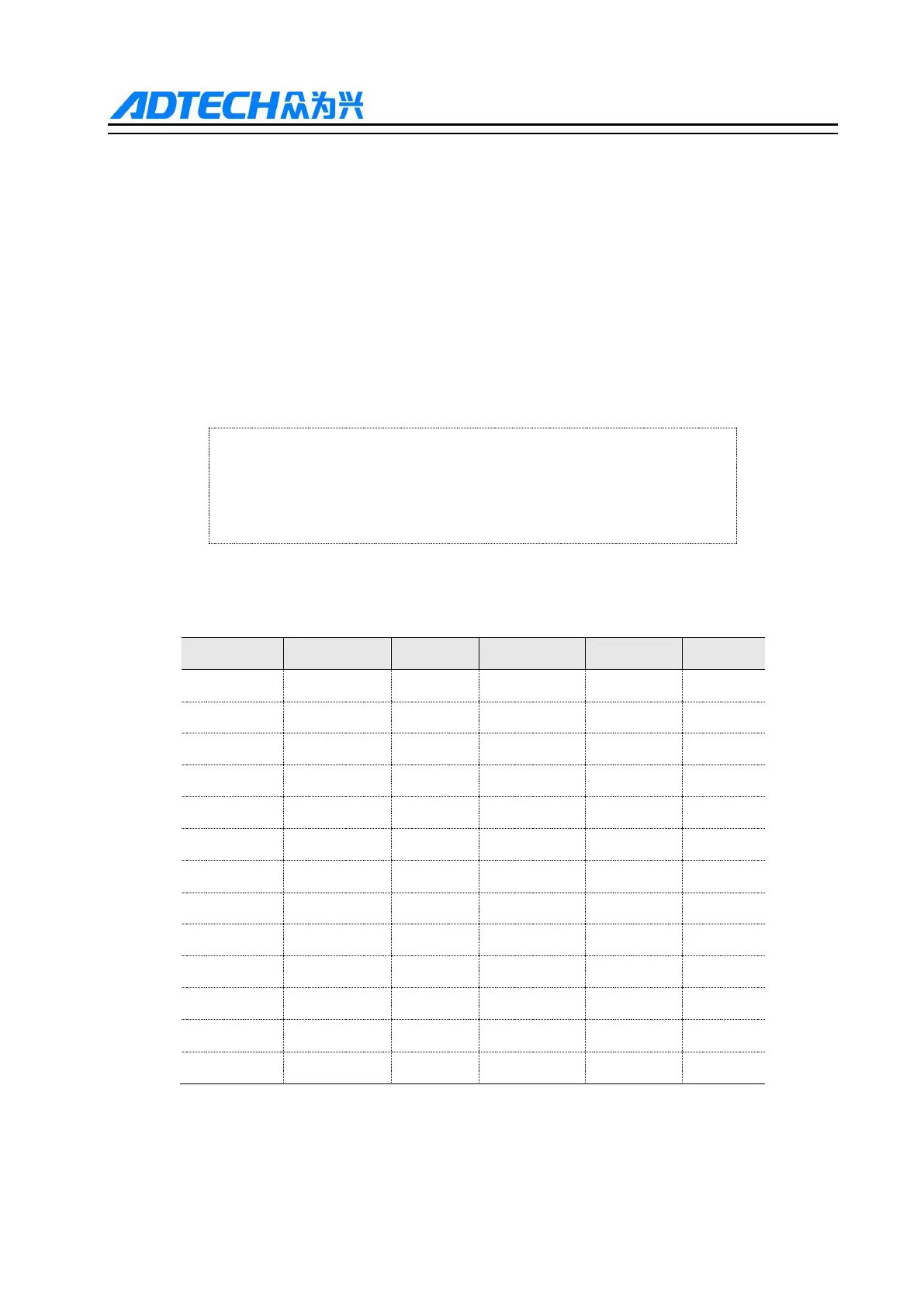ADTECH9 Series CNC Programming Manual
4.5
Types of variables
(1) Public variables
Any bit address can use public variables, which contain 600 groups; among those, #100~#199 are
non-retentive public variables after power failure, #500~#999 are retentive public variables.
(2) Local variables (#1-#32)
When calling subroutine, local variables can be defined with <argument> and only can be used in
programs; the local variable of every macro program is independent, and thus can be repeated. (up to four
levels)
<Arguments> are Aa1 Bb1 Cc1… Zz1, etc.; the bit address specified by <argument> and the local
variables in the subroutine are shown below:
The argument bit addresses marked with “×” can’t be used.
The argument bit addresses marked with “○” can be used.
① While calling macro program, the local variables in subroutine can be defined by specifying the
